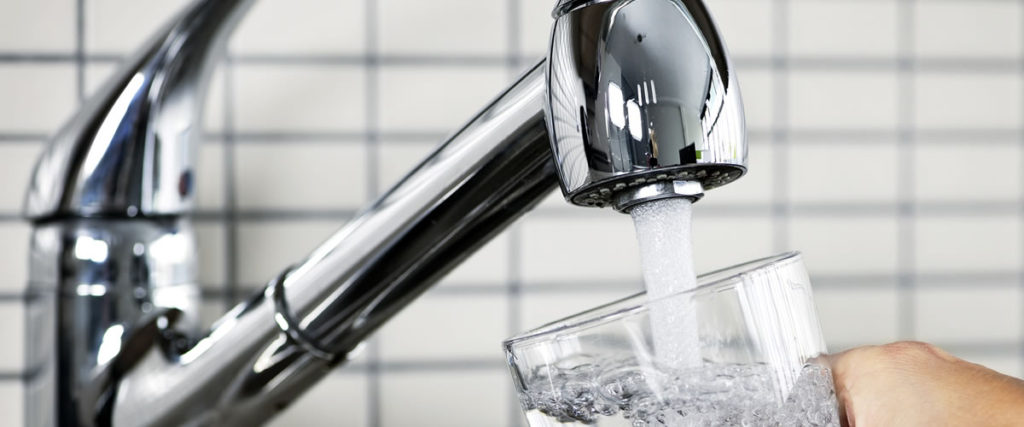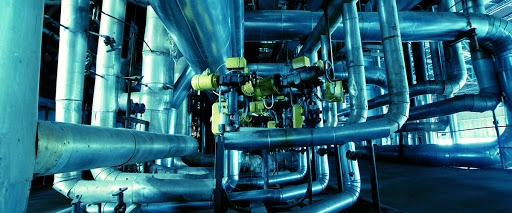Chlorine Dioxide for Potable Water Treatment
A versatile broad-spectrum disinfectant, chlorine dioxide (ClO2) is an effective tool for the treatment of potable water. It is a powerful disinfectant that effectively balances purification performance and disinfection by-product formation. Chlorine dioxide is one of four EPA-approved disinfectants for drinking water with CT values second only to ozone in biocidal efficacy, but without the ozonation by-products or high capital expense.
Chlorine dioxide offers utility companies a quick and simple solution to THM and HAA regulatory compliance without costly plant upgrades. Chlorine dioxide can help with your specific potable water treatment needs.
Primary Disinfection Requirements
The broad-spectrum disinfection properties of chlorine dioxide (ClO2) result in lower CT value than traditional chlorine treatment and enhance a plant’s ability to achieve compliance. Chlorine dioxide offers utility companies a simple solution to meet primary disinfection requirements.
Effective Taste and Odor Control for Potable Water
Potable water plants may experience unpleasant tastes and odors in finished waters. Chlorine dioxide (ClO2) is effective in oxidizing low-threshold odor compounds at typical treatment dosages and has the advantage of not chlorinating organics.
Realistic Iron and Manganese Solutions for Potable Water Treatment
Iron and manganese concerns affect more water systems than almost any other quality issue and are the root cause of most customer complaints received by water facilities. Chlorine dioxide (ClO2) offers a realistic solution to intermittent or year-round iron and manganese problems.
Effective Nitrification Control for Potable Water Systems
Nitrification is a microbial process by which reduced nitrogen compounds (primarily ammonia) are sequentially oxidized to nitrite and nitrate. To maintain compliance with disinfection byproduct (DBP) rules, chlorine dioxide (ClO2), in extremely low dosages, is very effective in controlling episodes of nitrification.
Proven Zebra Mussel Control
The widespread invasion of zebra mussels has led to infestations that can completely clog water intake facilities and cause plant shutdowns. Chlorine dioxide (ClO2) is a proven oxidant for controlling population growth and contamination.
Total Consulting Services for Potable Water Treatment
The ClO2 business of International Dioxide provides the technological and analytical capabilities required to assess and design specific treatment needs, and offers the total ongoing customer assistance necessary to support new applications. These high-efficiency, cost-effective control systems are easy to maintain and fully serviced by the business.

Chlorine Dioxide for Industrial Water Treatment
Chlorine Dioxide (ClO2) is used as a biocide in many industrial water treatment applications, including cooling towers, process water, and mill water. Its selective oxidative properties usually result in lower dosages of chlorine dioxide versus traditional oxidizers, while also achieving improved microbial performance.
Odor Control and Odor Scrubbers
Chlorine dioxide controls odor in two ways: by controlling microorganisms that form odor-causing hydrogen sulfide and by destroying hydrogen sulfide odors through chemical oxidation. Using an odor scrubber, chlorine dioxide solutions may be added directly to water containing the odorous compounds.
Cooling Towers
Cooling towers are a prime environment for the buildup of microorganisms. Maintaining control of this buildup is essential for efficient operation of the cooling loop. This can be successfully achieved with the use of chlorine dioxide. Microorganisms build slime layers and other colonies, which can result in several serious problems: increased deposits, buildup of odors and slime due to the adhesive nature of the biofilm layer, loss of heat transfer due to the insulating nature of inorganic deposits, increased corrosion rates due to “under deposit corrosion,” and increased consumption of power due to the restriction by the deposition. The injection of chlorine dioxide into the recirculation of the cooling towers alleviates these issues and also causes less wear and tear on the equipment.
Pulp Bleaching and Process Water
Chlorine dioxide is widely used for bleaching pulp. It is also a very effective biocide to control process water and wastewater environmental issues associated with mill and process water. Because chlorine dioxide has unique biocidal properties, it can also be used effectively as a disinfectant, algaecide, and oxidizer in influent process waters and wastewaters.
CIP Sanitizer
For clean-in-place (CIP) applications, water is injected directly into a facility’s fluid distribution network and circulated for a set duration of time. Compared with traditional chlorine chemicals or hot water, overall chemical costs are reduced, sewage disposal costs are lowered or eliminated, and system corrosion is diminished.
Paper Slimicide
Acting as a wet end slimicide, the benefits of chlorine dioxide include highly cost-effective microbiological control, extended run ability of paper machines, lower corrosion rates on machine metallurgy, reduced boil-out frequency of stock chests, and highly cost-effective microbiological control.

